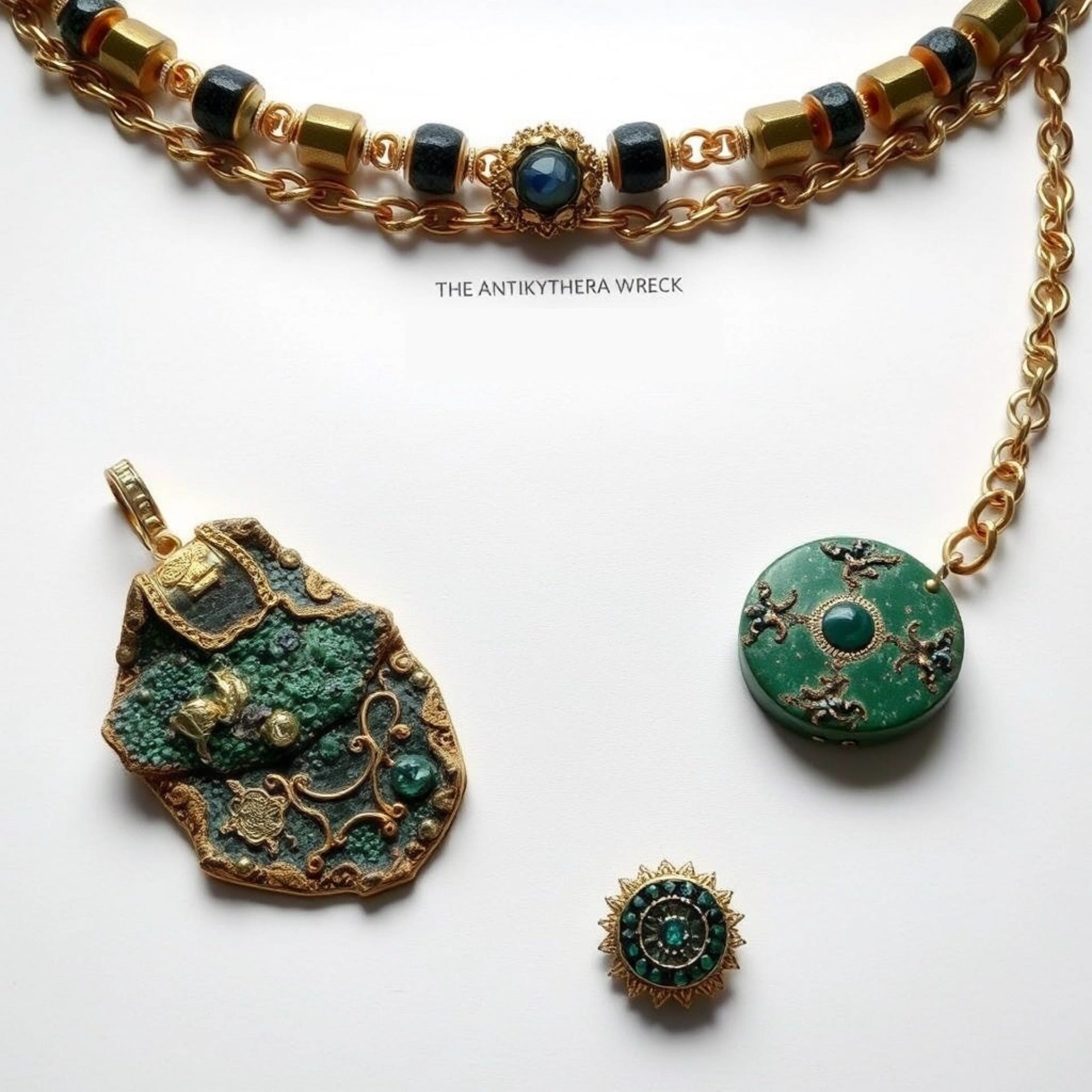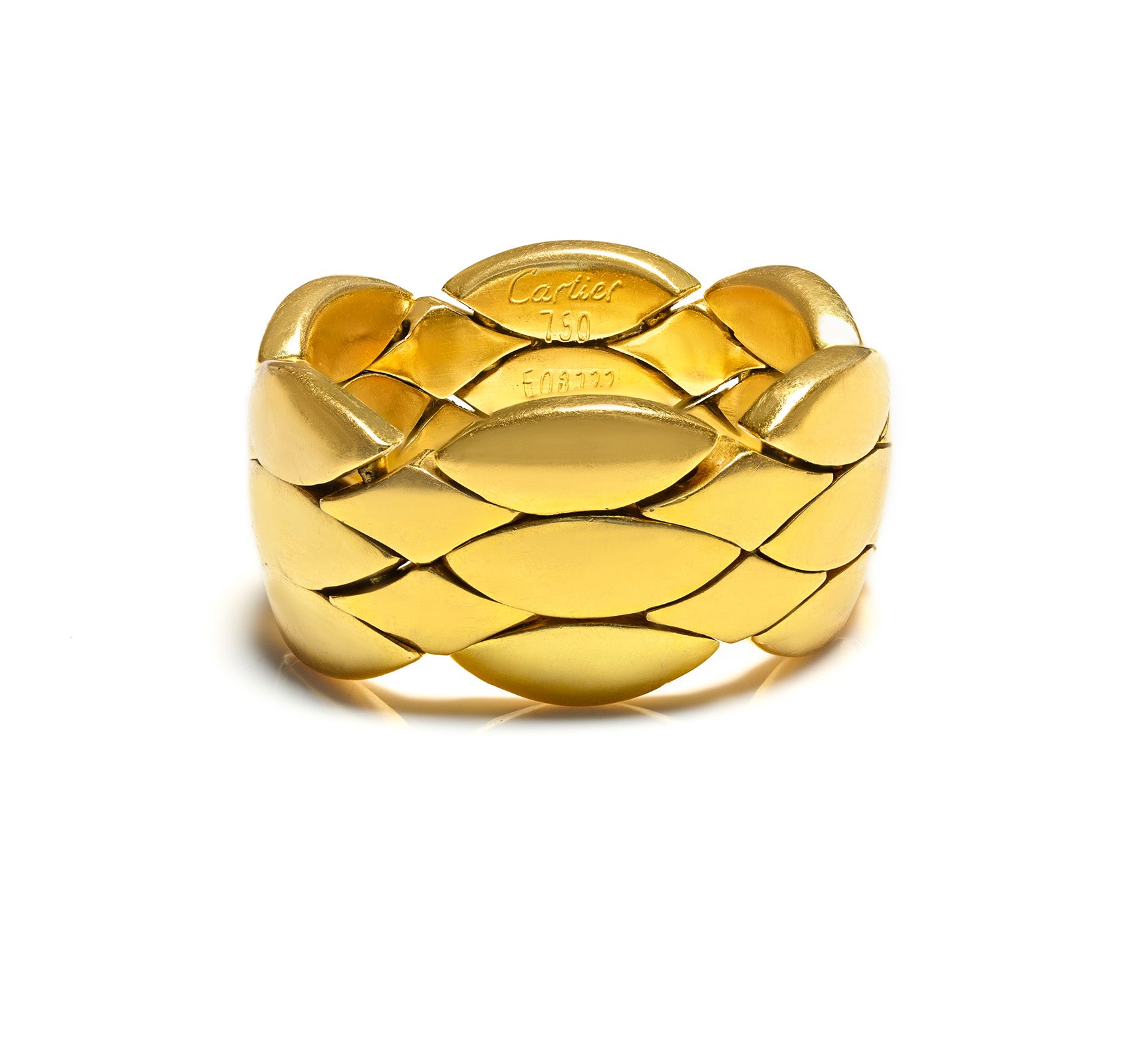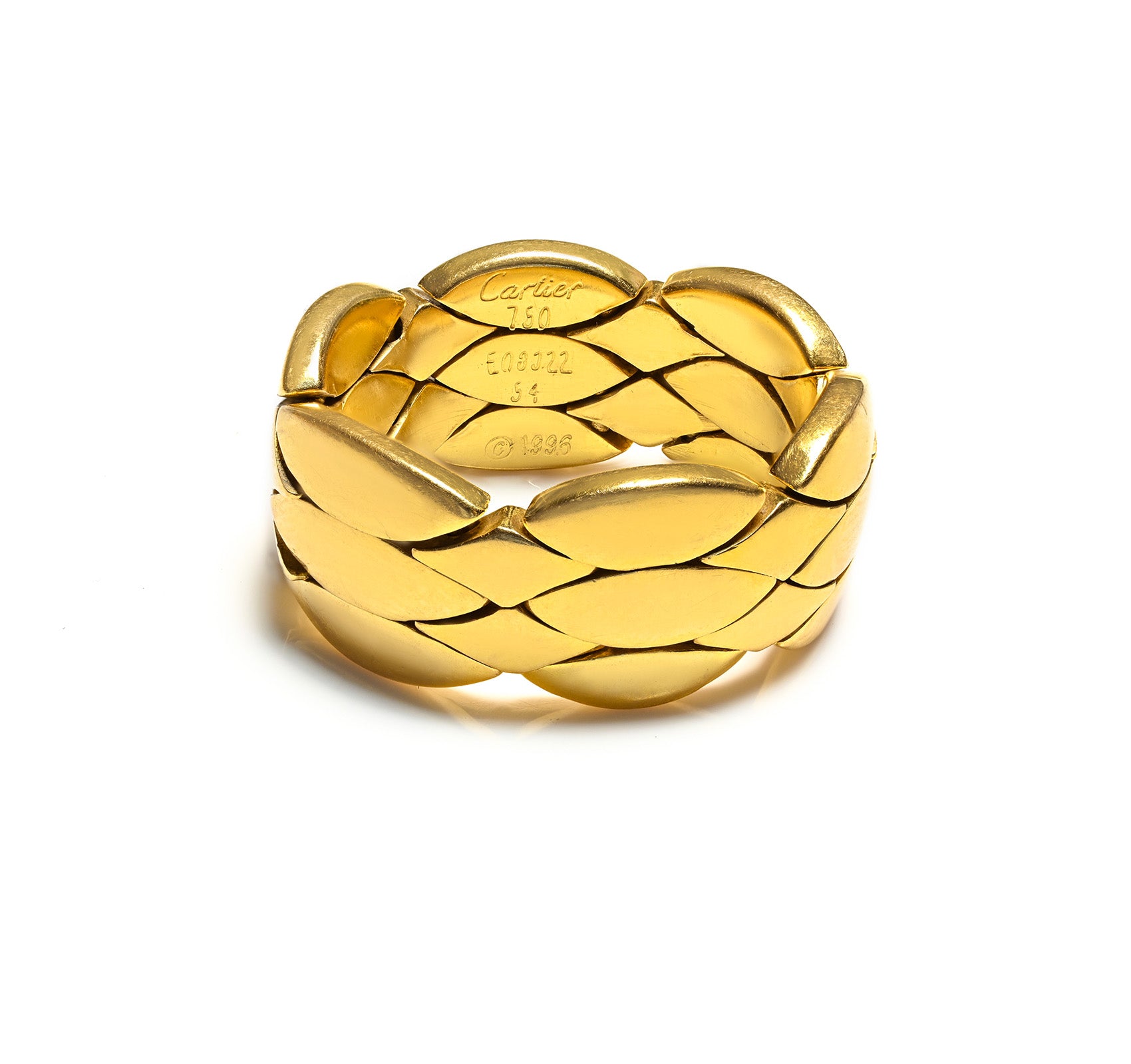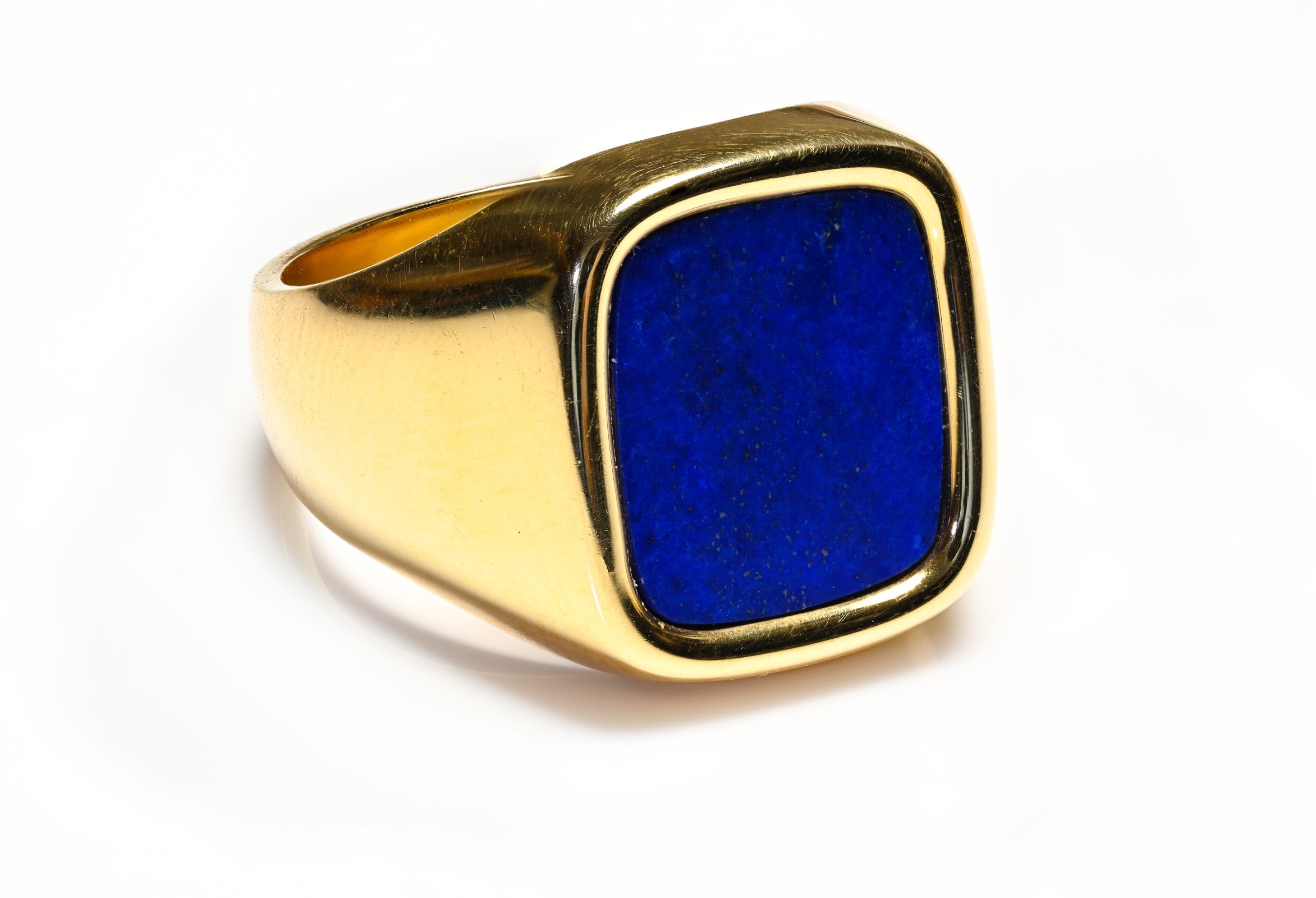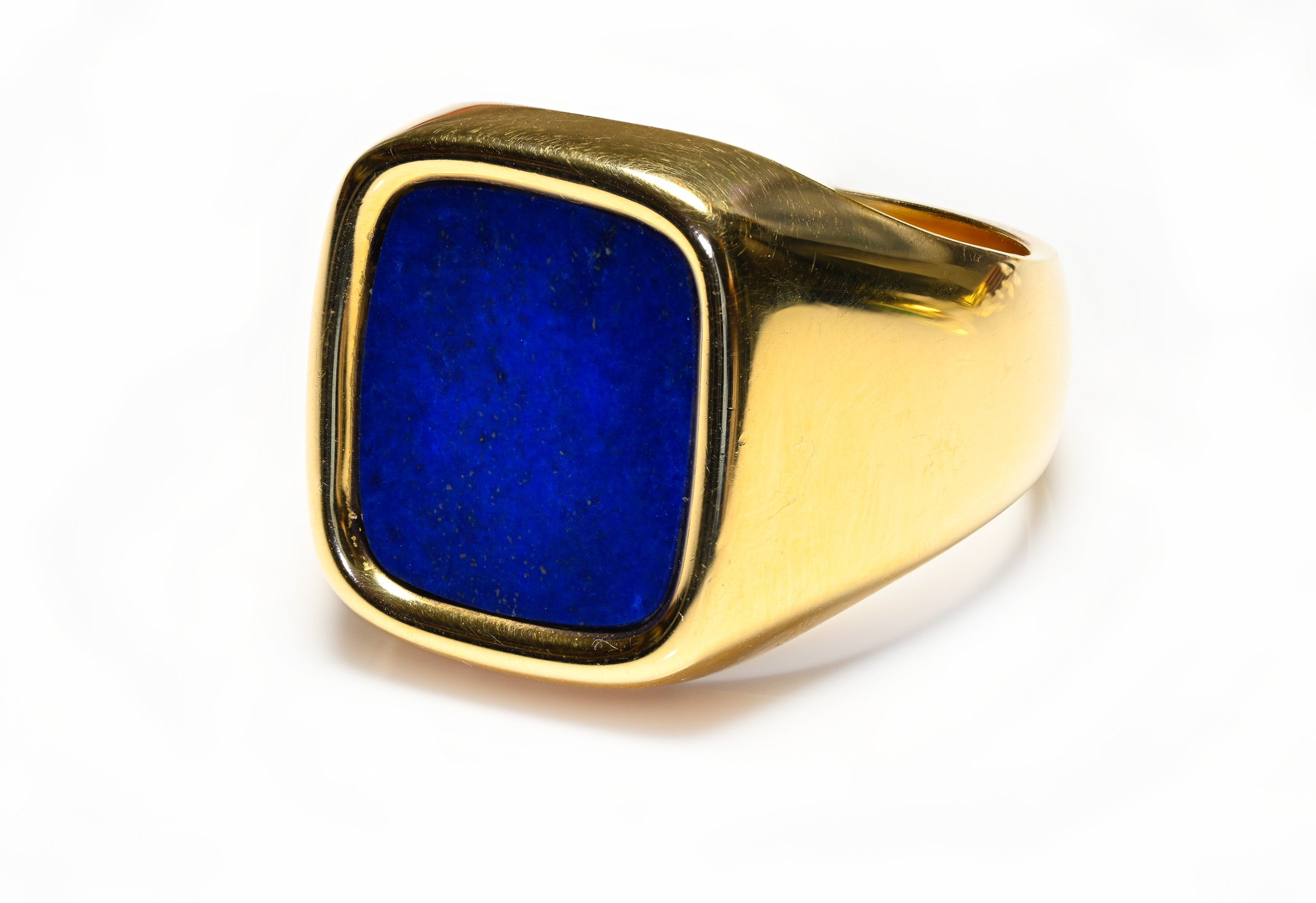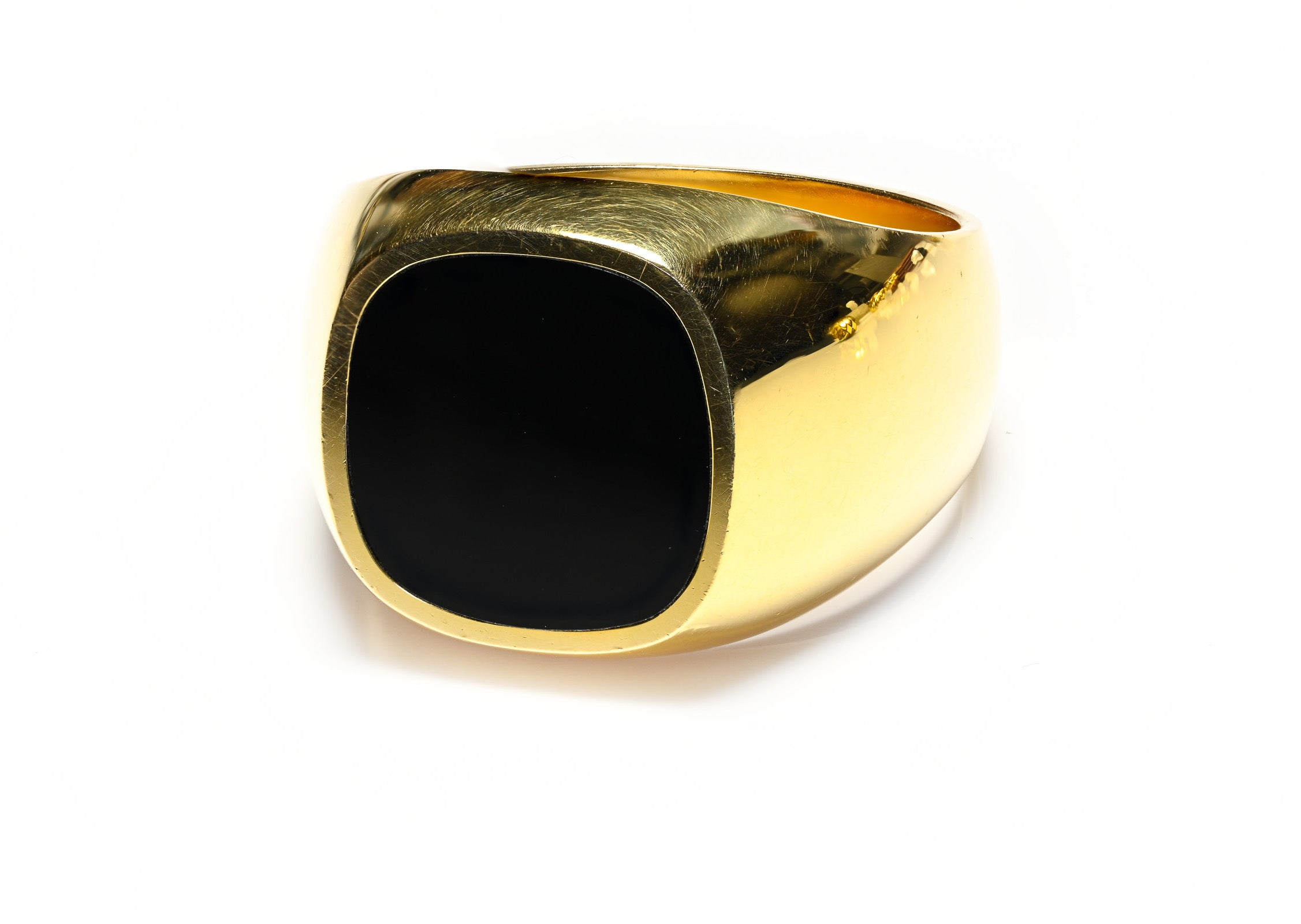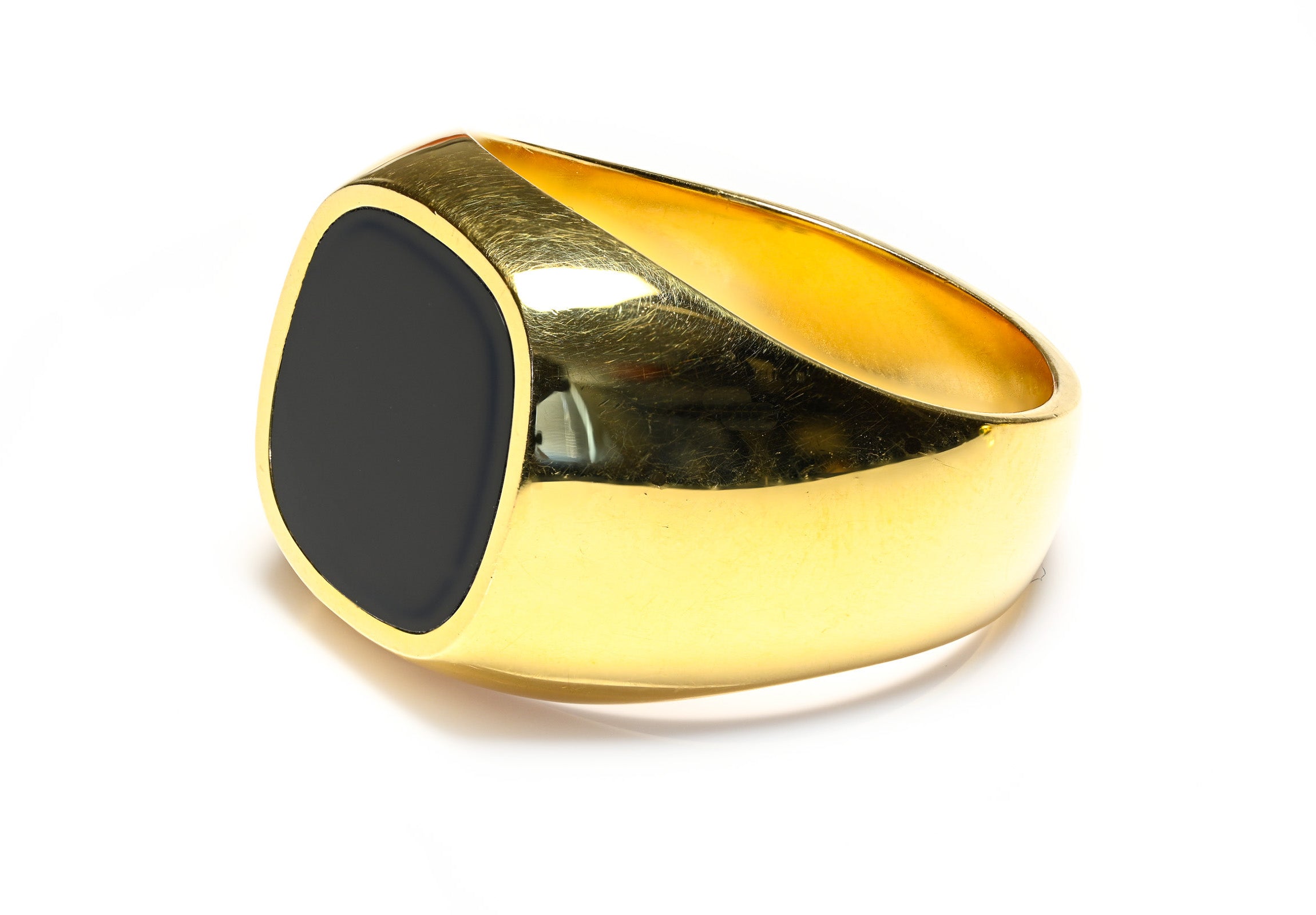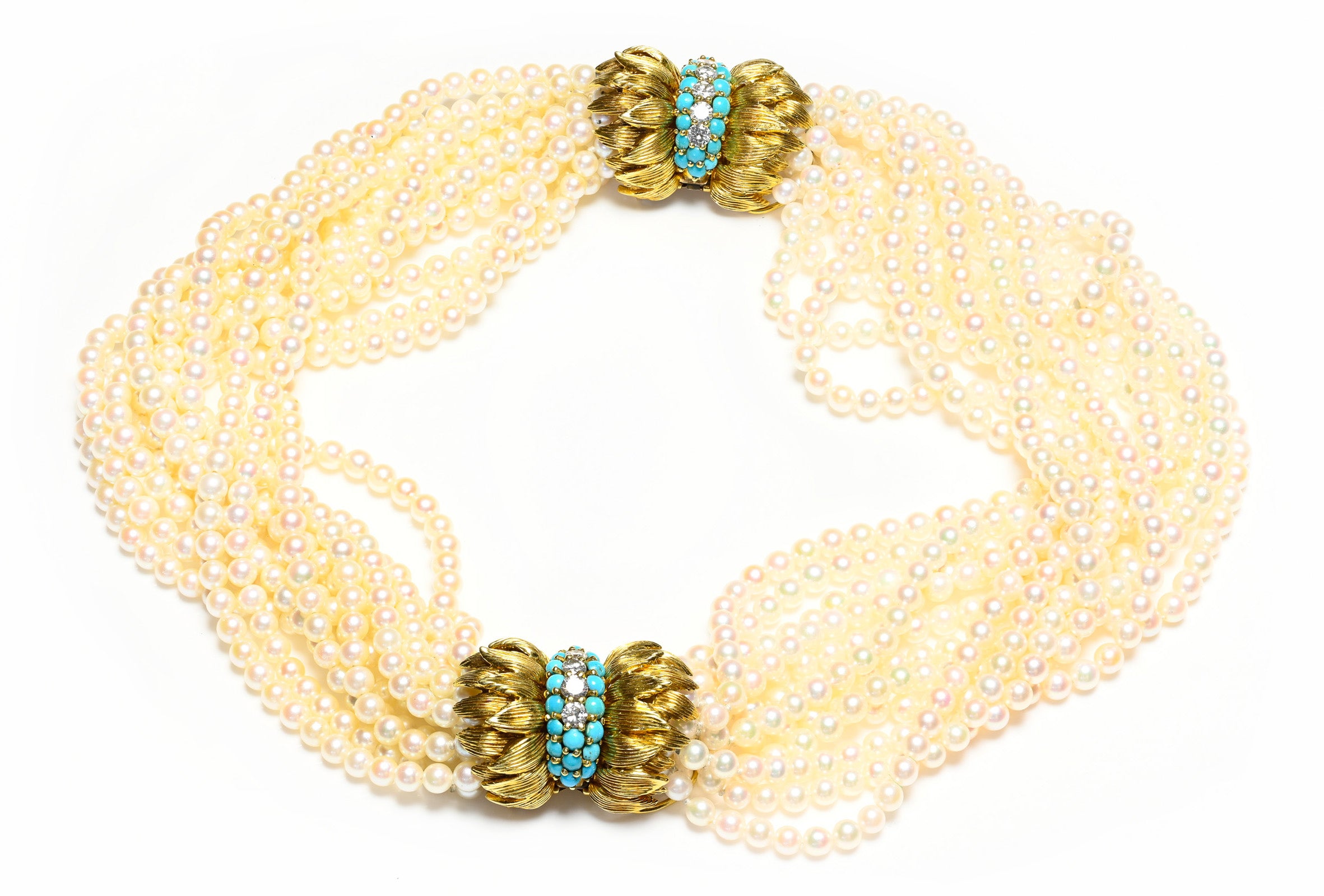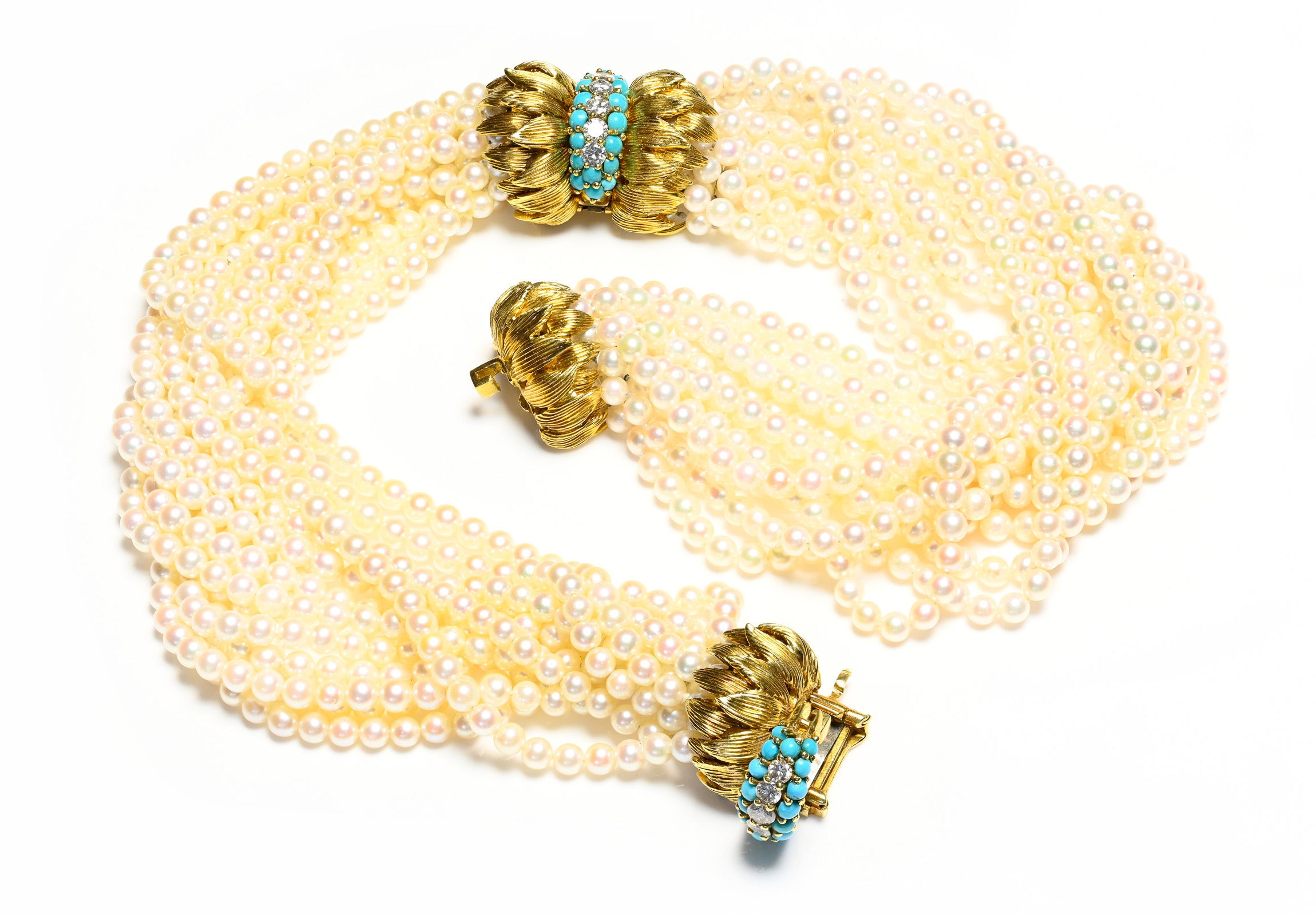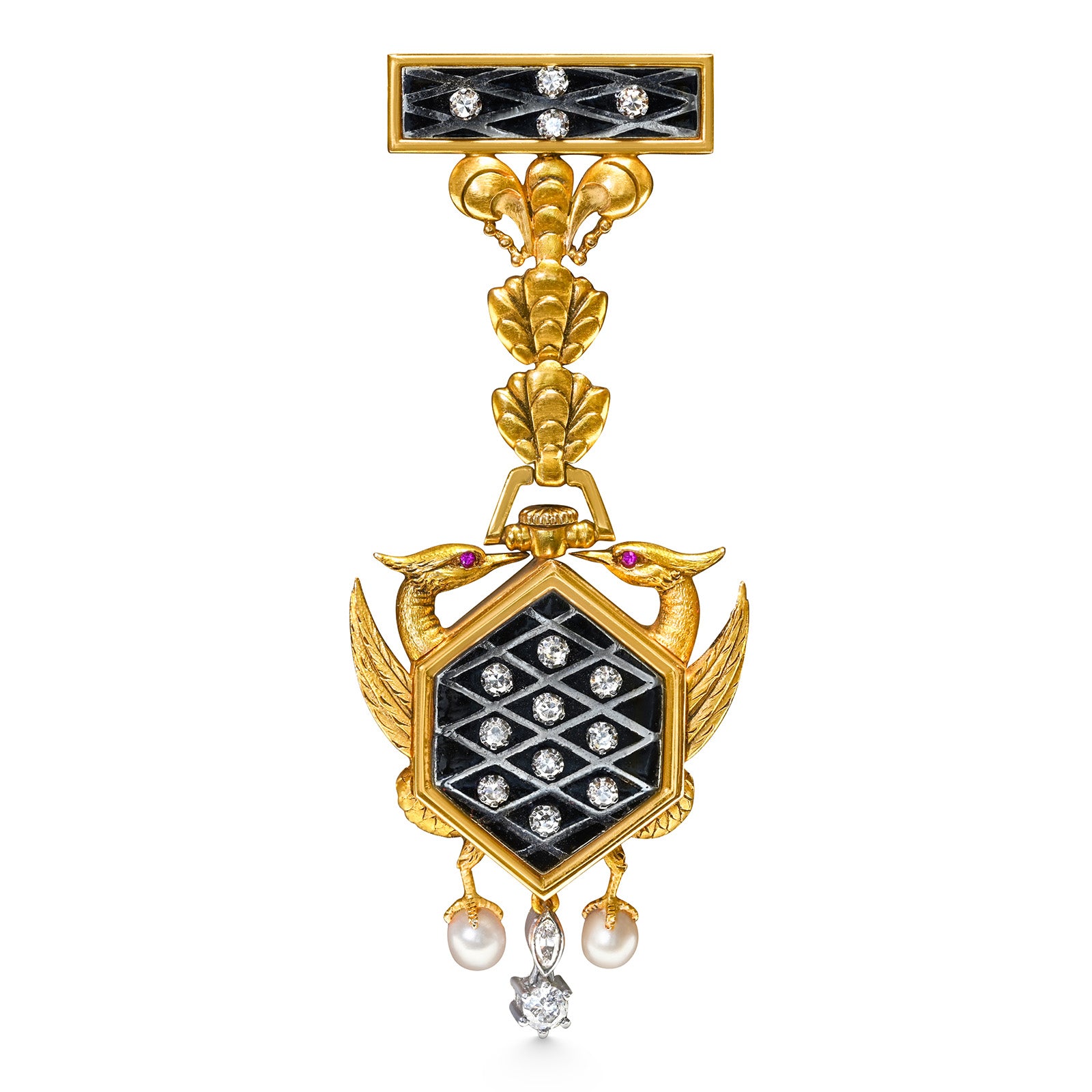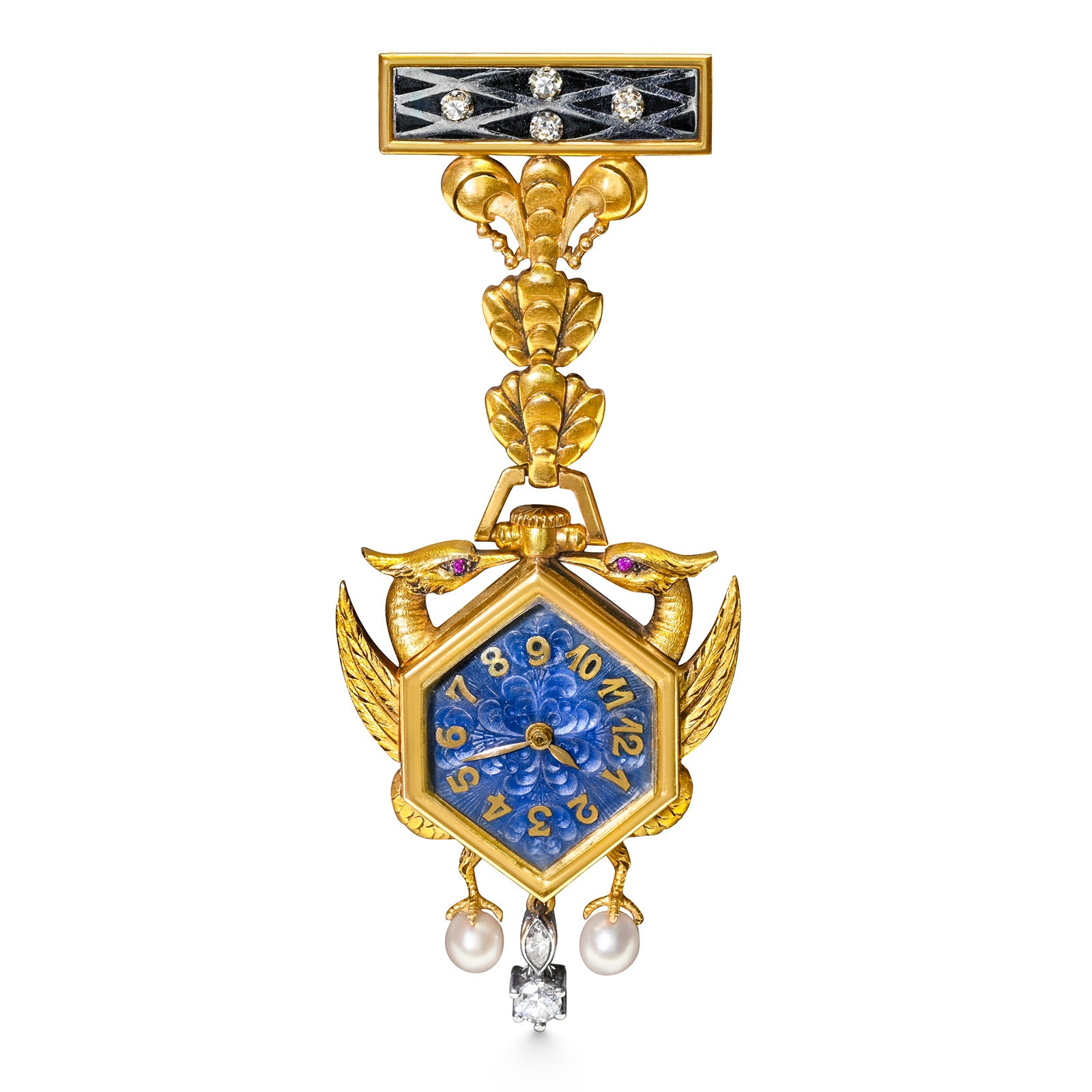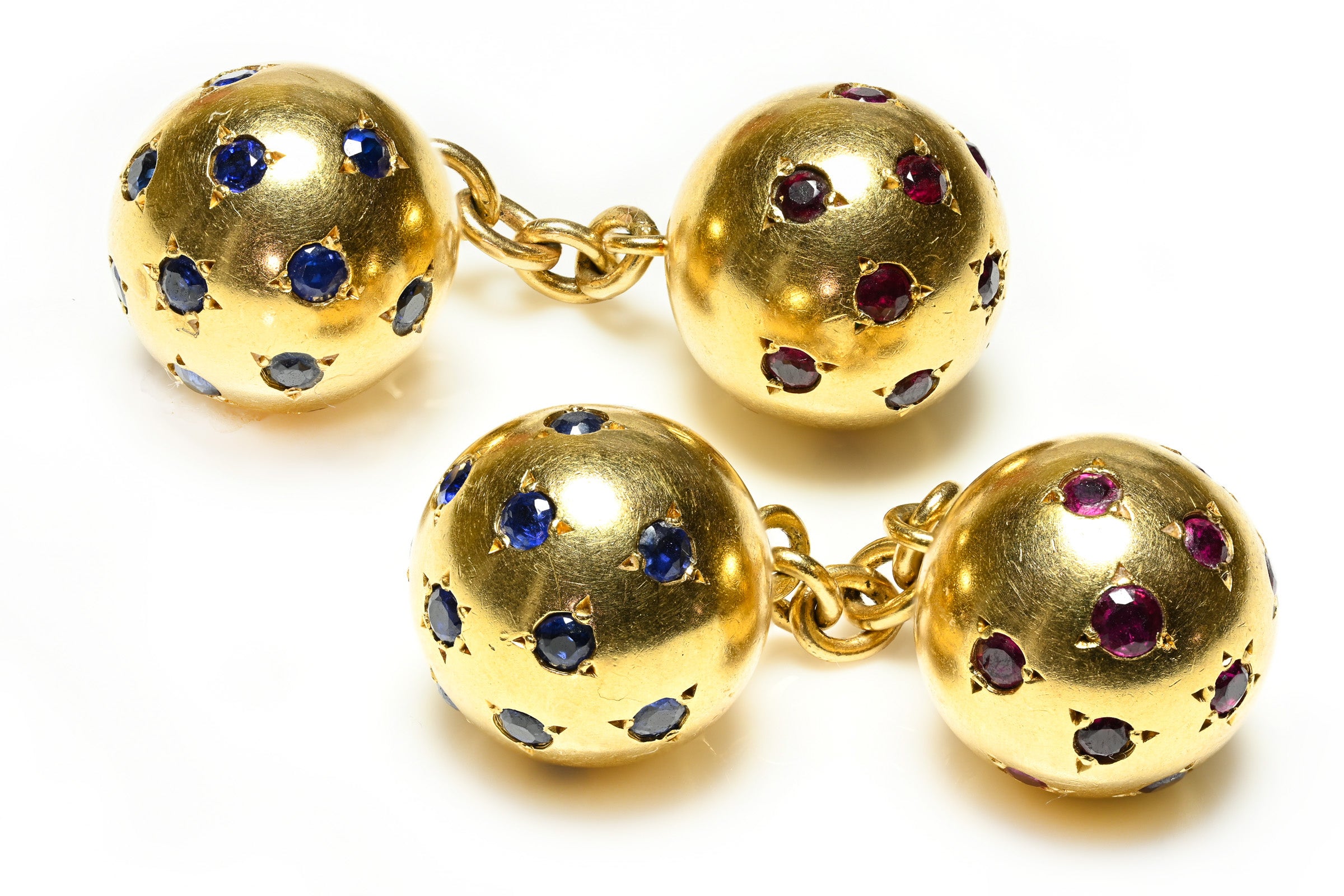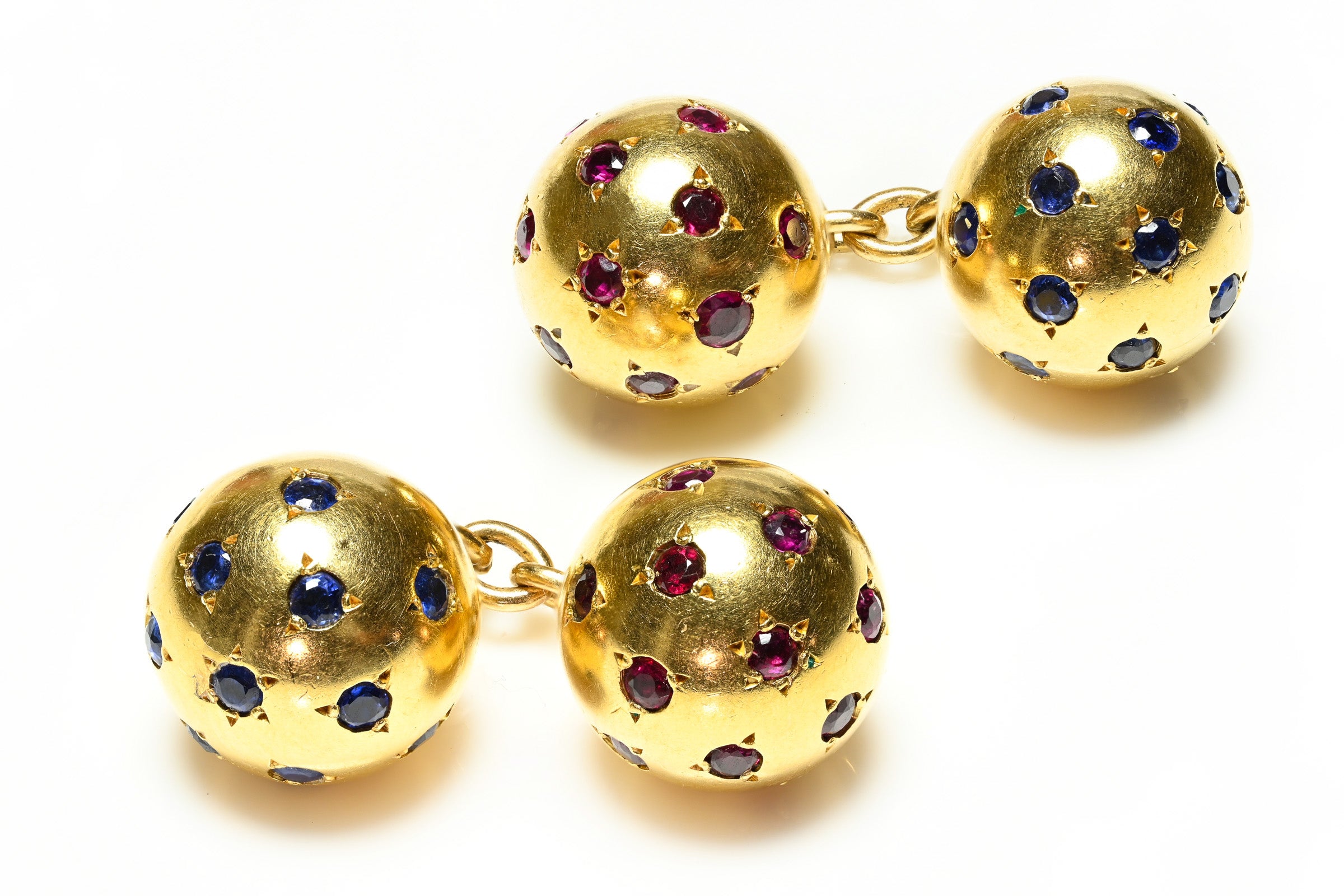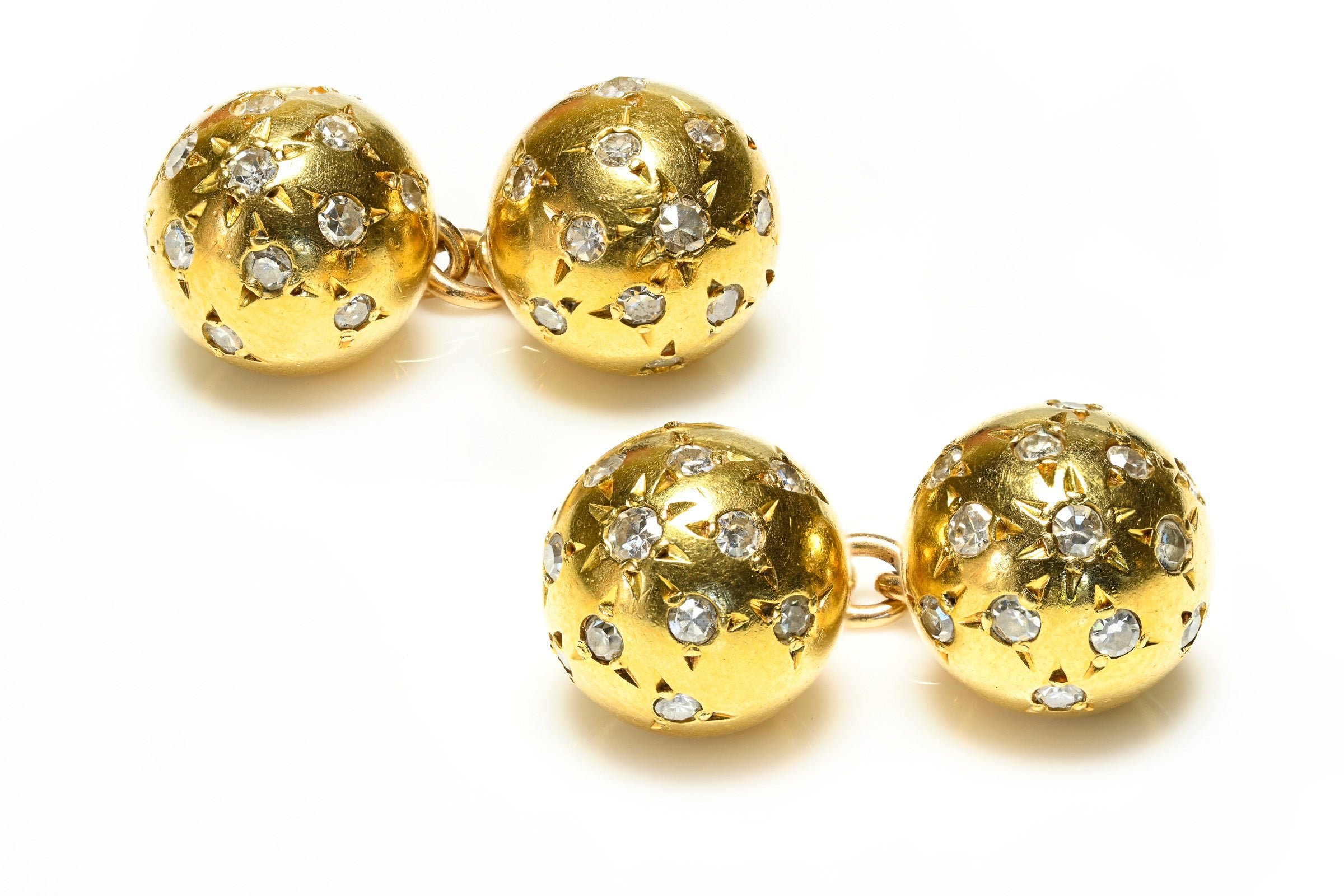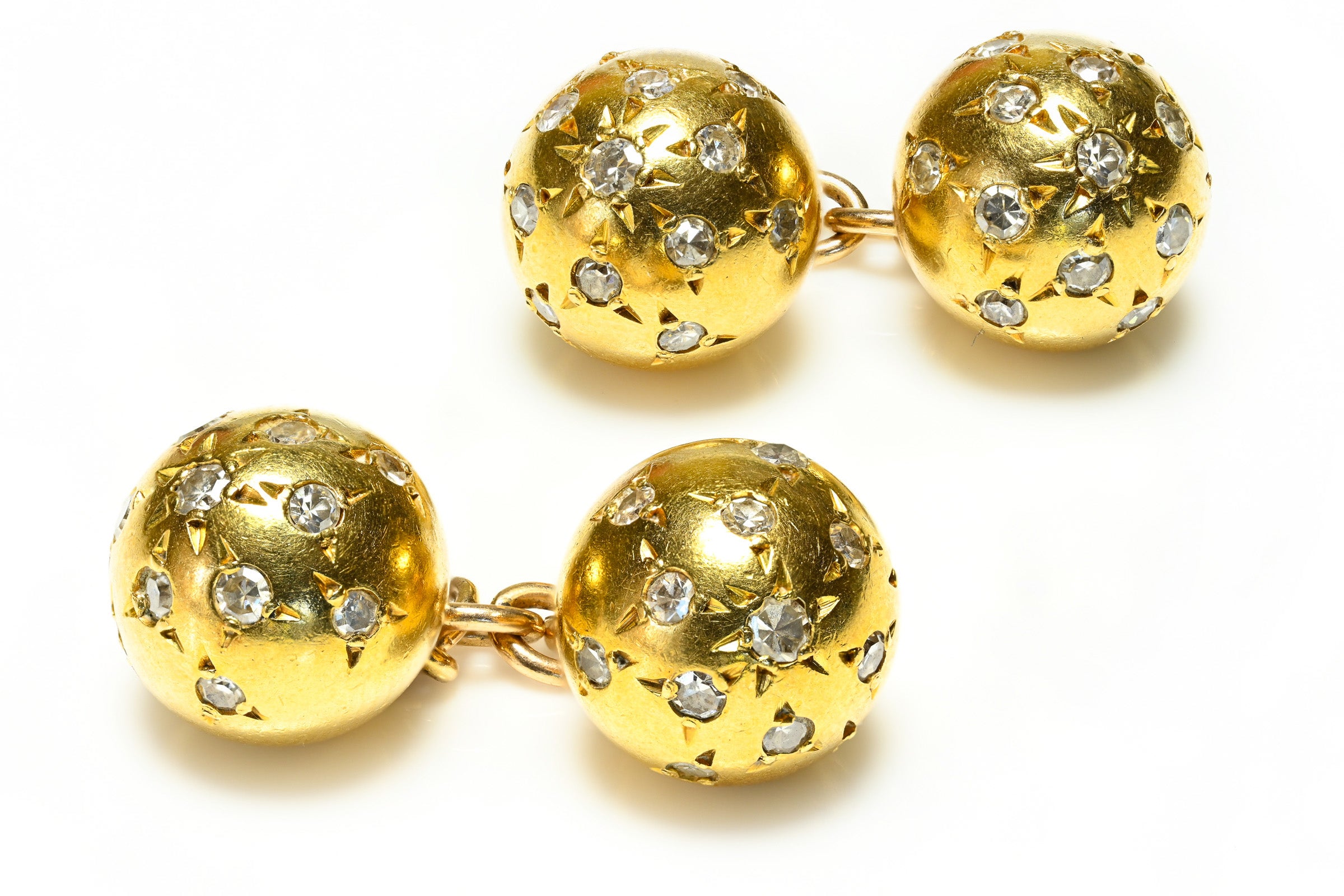Article: The Mummy Beads – A Journey to Ancient Egypt
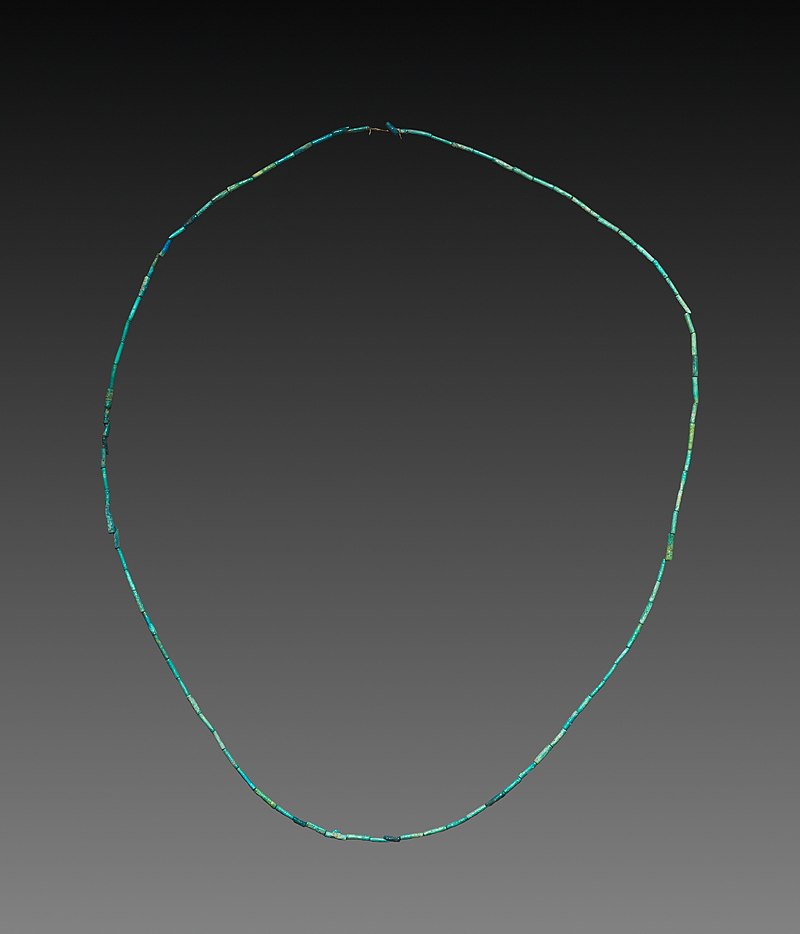
The Mummy Beads – A Journey to Ancient Egypt
Mummy beads have been unearthed in countless Egyptian tombs, from the grand pyramids to the simplest burial sites.
These fascinating artifacts were crafted from a variety of materials, including glass, faience, pottery, and precious gemstones, and their use dates back to the Predynastic period (c. 6000–3150 BCE), continuing through various dynasties up to the Ptolemaic and Roman eras.

Credit Photo: Egyptian mummy beads (Source: Wikimedia.org)
The Mummy Beads
A common perception of ancient Egypt is that it was a highly stratified society, but jewelry was a unifying element. Egyptians of all ages, genders, and social statuses—whether a child or a priest, a farmer or an emperor—owned and wore jewelry.
Jewelry in ancient Egypt was much more than simple adornment; it was a powerful symbol of status and spiritual protection. Beads, in particular, played a significant role in burial customs, believed to possess protective qualities that safeguarded the deceased in the afterlife. Each bead's intricate design and vibrant color were thought to invoke deities and ensure a peaceful transition to the afterlife.
Egyptian artisans demonstrated extraordinary craftsmanship in creating these beads. For glass beads, molten glass was wrapped around a core to form intricate designs in vivid hues. Faience beads were crafted from a mixture of soda, coloring agents, and powdered quartz or sand, which, when fired, produced stunning blue and green colors.
Types of Beads
1. Faience Mummy Beads
A common perception of ancient Egypt is that it was a highly stratified society, but jewelry was a unifying element. Egyptians of all ages, genders, and social statuses—whether a child or a priest, a farmer or an emperor—owned and wore jewelry.
Jewelry in ancient Egypt was much more than simple adornment; it was a powerful symbol of status and spiritual protection. Beads, in particular, played a significant role in burial customs, believed to possess protective qualities that safeguarded the deceased in the afterlife. Each bead's intricate design and vibrant color were thought to invoke deities and ensure a peaceful transition to the afterlife.
Egyptian artisans demonstrated extraordinary craftsmanship in creating these beads. For glass beads, molten glass was wrapped around a core to form intricate designs in vivid hues. Faience beads were crafted from a mixture of soda, coloring agents, and powdered quartz or sand, which, when fired, produced stunning blue and green colors.
Types of Beads
1. Faience Mummy Beads
In the realm of ancient Egyptian antiquities, faience mummy beads hold a special place. These beads were meticulously handcrafted and often featured intricate patterns and decorations. They stand as a remarkable testament to the artistic skill and spiritual beliefs of ancient Egypt, combining exceptional craftsmanship with deep religious significance.
Egyptian faience was made from a mixture of lime, ash, and silica. Natron or ash provided the alkali, silica came from quartz pebbles or sand, and lime was derived from limestone. Once ground into a fine powder and mixed with copper, cobalt, magnesium, and other metals, artisans shaped the material into a malleable paste.
During the firing process, metallic oxides migrated to the surface, giving the beads their distinctive glass-like sheen and vibrant colors. The origins of faience can be traced back to Mesopotamia around the fifth millennium BCE, but Egyptian artists began mastering the material in the following millennium. In the Predynastic period, the production methods were simpler, with craftsmen hand-molding and carving each piece before applying detail.
As ceramic production surged in Egypt around the middle of the second millennium BCE, artisans introduced new techniques, such as using clay molds and the innovative efflorescence method for glazing. This involved mixing glazing agents directly into the paste, rather than applying them after shaping the piece. As a result, rings, amulets, and tiles made from faience could be mass-produced, revolutionizing the creation of faience items.
The history of faience is deeply intertwined with the power of visual symbols in a largely illiterate society. Egyptian elites used these vibrant faience items to display their wealth and reinforce their authority, with the striking colors and intricate designs conveying messages of status and spirituality.
2. Amuletic Beads
Egyptian faience was made from a mixture of lime, ash, and silica. Natron or ash provided the alkali, silica came from quartz pebbles or sand, and lime was derived from limestone. Once ground into a fine powder and mixed with copper, cobalt, magnesium, and other metals, artisans shaped the material into a malleable paste.
During the firing process, metallic oxides migrated to the surface, giving the beads their distinctive glass-like sheen and vibrant colors. The origins of faience can be traced back to Mesopotamia around the fifth millennium BCE, but Egyptian artists began mastering the material in the following millennium. In the Predynastic period, the production methods were simpler, with craftsmen hand-molding and carving each piece before applying detail.
As ceramic production surged in Egypt around the middle of the second millennium BCE, artisans introduced new techniques, such as using clay molds and the innovative efflorescence method for glazing. This involved mixing glazing agents directly into the paste, rather than applying them after shaping the piece. As a result, rings, amulets, and tiles made from faience could be mass-produced, revolutionizing the creation of faience items.
The history of faience is deeply intertwined with the power of visual symbols in a largely illiterate society. Egyptian elites used these vibrant faience items to display their wealth and reinforce their authority, with the striking colors and intricate designs conveying messages of status and spirituality.
2. Amuletic Beads
Beads adorned with symbols like the ankh, the scarab beetle, and the Eye of Horus were believed to protect and guide the deceased in the afterlife. These amuletic beads held deep spiritual significance.
3. Funerary Collar Beads
3. Funerary Collar Beads
Elaborate beaded collars were placed around the necks of the deceased to offer protection and serve as a reminder of their life on earth.
4. Gemstone Mummy Beads
4. Gemstone Mummy Beads
For the wealthy, beads made from precious stones like turquoise, carnelian, and lapis lazuli were a sign of their status and wealth, showcasing their position in both life and death.

Credit Photo: String of Mummy Beads. Egypt, Late Period (Source: Wikidata.org)
The Mummy of Queen Nozme
One striking example of mummy preservation is the Queen Nozme mummy, dating from a period when embalmers sought to restore the body's original shape.
Her body was filled with sawdust and resin-soaked bandages, particularly in areas like the abdomen and legs, to create a lifelike appearance. Wax was used to seal the embalming wound, while human hair was applied to enhance her eyebrows. Most notably, artificial eyes were placed in her open eyelids—a technique previously seen in statues, but here, it marked one of the first attempts to depict pupils in a mummy.
Sawdust was so tightly packed into her face that her cheeks appeared round, and her body cavity was filled through the embalming wound. In contrast to earlier royal burials, where hands were positioned in front of the abdomen, Queen Nozme’s hands were placed at her sides, a practice common among royals in the 21st Dynasty.
The Intricate Craftsmanship of Faience Beads
Faience production in Egypt flourished in the second millennium BCE. Craftspeople used clay molds and developed new glazing techniques, such as efflorescence, which involved incorporating glazing agents directly into the paste rather than applying them afterward. This innovation allowed for mass production of faience items like rings, amulets, and tiles.
Faience, often associated with visual symbols, played a crucial role in ancient Egyptian society, particularly in a world where most people were illiterate. Elites used faience jewelry to display wealth and authority, while its vivid colors and craftsmanship symbolized the divine.
Restoration and Preservation
After millennia, many mummy beads have become fragile and brittle. The threads holding these intricate pieces together have often disintegrated. Archaeologists and conservators now face the delicate task of preserving these ancient treasures. Advanced technologies, such as digital reconstruction and micro-CT scanning, allow experts to better understand the construction and connection of the beads, revealing their original designs and patterns.
The Role of Jewelry in Egyptian Culture
Jewelry in ancient Egypt served both functional and symbolic purposes. Most of the surviving pieces have been found in temple foundations or tombs, but representations on sculptures and reliefs provide further insight into the wide array of adornments worn by the ancient Egyptians.
Scenes from tombs, particularly from the New Kingdom, depict artisans crafting jewelry. Some are shown drilling beads with triple or quadruple bow drills, while others are threading beads in the tombs of Sobekhotep and Rekhmire. Jewelry, whether worn in life or placed in tombs, was often endowed with protective, apotropaic properties.
Scientific methods, such as X-ray fluorescence and LA-ICP-MS (Laser Ablation-Inductively Coupled Plasma-Mass Spectrometry), allow researchers to analyze the composition of these materials, sometimes pinpointing the exact quarry from which gemstones were sourced. Even a single bead can reveal a wealth of information about its origins and purpose.
Jewelry also carried significant spiritual weight. The famed Book of the Dead often specifies which materials should be used for certain amulets and where they should be placed on the body, ensuring eternal protection for the wearer.
Sawdust was so tightly packed into her face that her cheeks appeared round, and her body cavity was filled through the embalming wound. In contrast to earlier royal burials, where hands were positioned in front of the abdomen, Queen Nozme’s hands were placed at her sides, a practice common among royals in the 21st Dynasty.
The Intricate Craftsmanship of Faience Beads
Faience production in Egypt flourished in the second millennium BCE. Craftspeople used clay molds and developed new glazing techniques, such as efflorescence, which involved incorporating glazing agents directly into the paste rather than applying them afterward. This innovation allowed for mass production of faience items like rings, amulets, and tiles.
Faience, often associated with visual symbols, played a crucial role in ancient Egyptian society, particularly in a world where most people were illiterate. Elites used faience jewelry to display wealth and authority, while its vivid colors and craftsmanship symbolized the divine.
Restoration and Preservation
After millennia, many mummy beads have become fragile and brittle. The threads holding these intricate pieces together have often disintegrated. Archaeologists and conservators now face the delicate task of preserving these ancient treasures. Advanced technologies, such as digital reconstruction and micro-CT scanning, allow experts to better understand the construction and connection of the beads, revealing their original designs and patterns.
The Role of Jewelry in Egyptian Culture
Jewelry in ancient Egypt served both functional and symbolic purposes. Most of the surviving pieces have been found in temple foundations or tombs, but representations on sculptures and reliefs provide further insight into the wide array of adornments worn by the ancient Egyptians.
Scenes from tombs, particularly from the New Kingdom, depict artisans crafting jewelry. Some are shown drilling beads with triple or quadruple bow drills, while others are threading beads in the tombs of Sobekhotep and Rekhmire. Jewelry, whether worn in life or placed in tombs, was often endowed with protective, apotropaic properties.
Scientific methods, such as X-ray fluorescence and LA-ICP-MS (Laser Ablation-Inductively Coupled Plasma-Mass Spectrometry), allow researchers to analyze the composition of these materials, sometimes pinpointing the exact quarry from which gemstones were sourced. Even a single bead can reveal a wealth of information about its origins and purpose.
Jewelry also carried significant spiritual weight. The famed Book of the Dead often specifies which materials should be used for certain amulets and where they should be placed on the body, ensuring eternal protection for the wearer.

